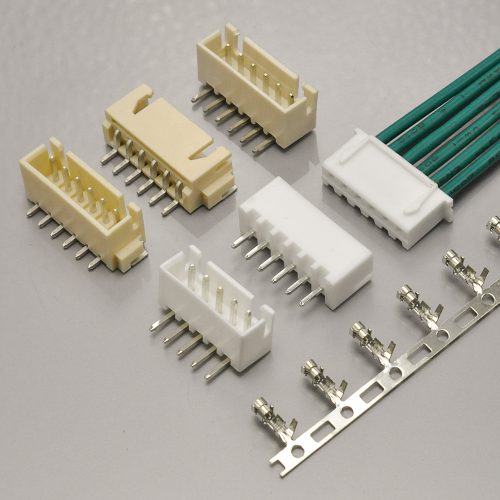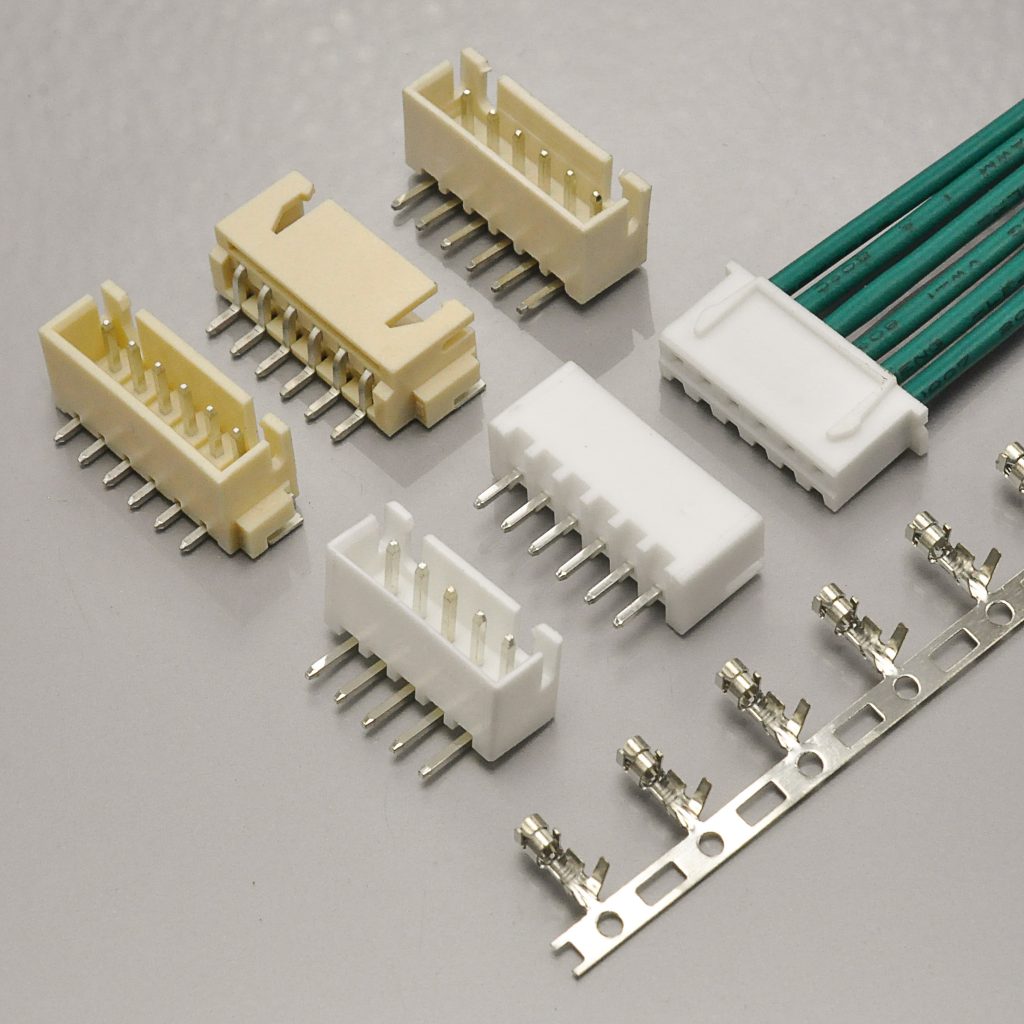In the precise construction of electronic devices, connectors and their pins play a vital role. They are not only bridges between circuits, but also guardians of signal and power transmission. Today, we will explore the pins of connectors in depth, revealing their definition, classification, functions, type characteristics, and considerations in design and application.

-
Definition and Classification
Definition : Pins or plugs, as key components on circuit boards or connectors, are pins made of metal and are used to insert, connect and fix electronic components. They achieve signal transmission and power supply between circuits through physical contact and electrical connection, and are the “language” of internal communication in electronic devices.
Classification : Pin pins can be divided into various types according to their uses, shapes and connection methods. Direct-plug pins are known for their stable soldering method; surface-mount pins have become the darling of modern electronic equipment due to their compact design and high integration; press-fit pins are convenient because they do not require soldering. Show your talents in certain situations. In addition, there are pins designed for specific connectors, such as the pins in the RJ45 Ethernet interface and Type-C interface, each of which carries a unique connection mission.
-
Functions and functions
Connectivity Function : The primary job of pin pins is to connect electronic components to the circuit board so that they can communicate and collaborate with each other. This connection ensures the smooth transmission of signals in the circuit and is the basis for realizing various circuit functions.
Signal transmission : As a medium for signal transmission, pins carry current and voltage signals, accurately transmitting the information generated by electronic components to other parts of the circuit board or external devices. Whether it is high-speed data transmission or low noise requirements, pins can ensure the integrity and reliability of the signal.
Power supply : In some cases, the pins also play the role of power supply. For example, the power pins in the Type-C interface are responsible for providing power support to the device to ensure the normal operation of the device.
-
Types and characteristics
Direct-insert pins : Simple structure, low cost and easy maintenance are the main features of direct-insert pins. They are connected by inserting through holes in the circuit board and soldering with pads, and are widely used in various basic circuits.
Surface mount pins : With the development of electronic technology, surface mount pins came into being. They are directly soldered on the surface of the circuit board without passing through through holes, thus achieving higher integration and production efficiency. At the same time, their small size and light weight also make electronic equipment more compact and portable.
Press-fit pins : Press-fit pins stand out for their advantage of not requiring soldering. They are connected by pressing into the metallized holes of the circuit board, and have the advantages of no thermal stress, no flux residue, no short circuits, etc. In addition, press-fit pins have high connection efficiency, low cost, and good maintainability, providing an ideal solution for specific application scenarios.
-
Design and Application
When designing pins, engineers need to consider multiple factors, such as the number of pins, pin spacing, pin shape, and material selection. These factors will directly affect the connection reliability, signal transmission quality, and service life of the pins. Through careful design and optimization, pins can be perfectly integrated into electronic devices and achieve close cooperation with circuit boards and other components.
In practical applications, pins are widely used in various fields such as computers, mobile phones, televisions, and automotive electronics. They realize various functions and performances of devices by connecting electronic components on circuit boards and external devices. Whether it is data transmission, signal processing or power supply, pins play an indispensable role.
As one of the indispensable components of electronic devices, the importance of pins is self-evident. By deeply understanding its definition, classification, function, type characteristics, and precautions in design and application, we can better grasp the core technology of connectors and contribute to the innovation and development of electronic devices.










